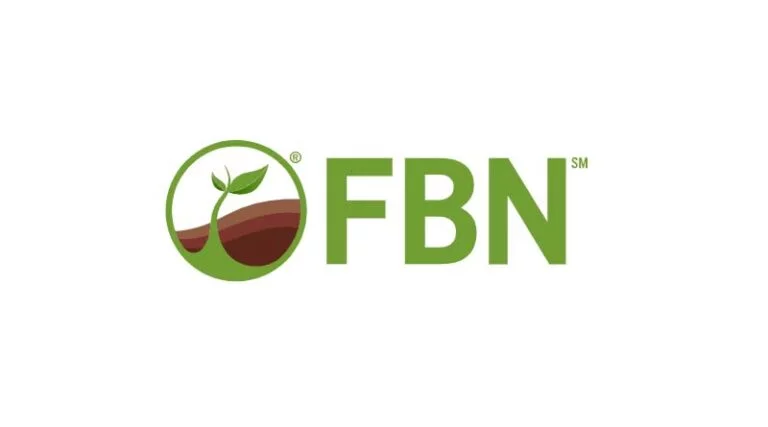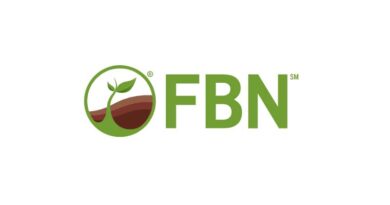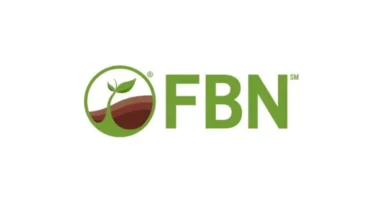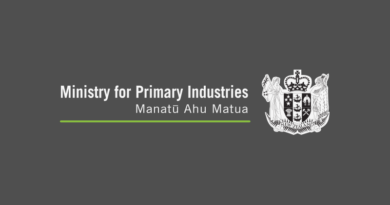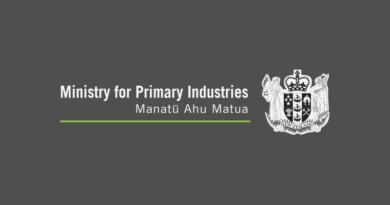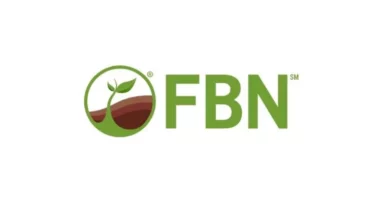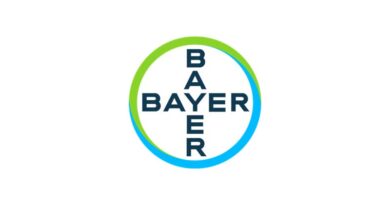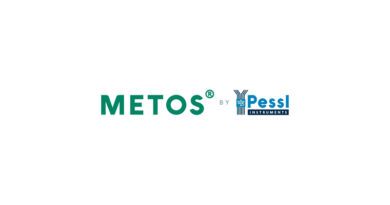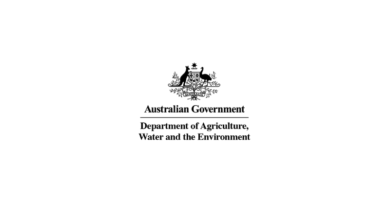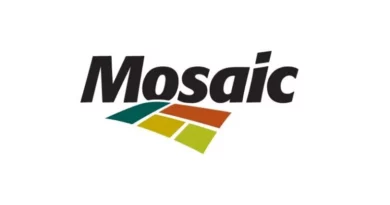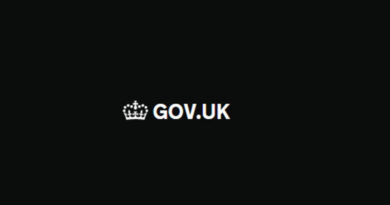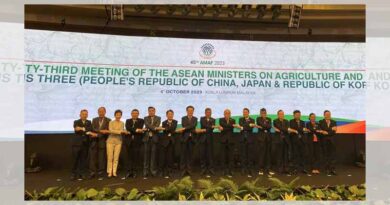Veterinarian Recommended Weaning Strategies for Calves
23 September 2023, US: During FBN®’s September Beef Lunch ‘n Learn presentation, Dr. Erika Nagorske, a practicing veterinarian with FBN’s official veterinary partner Southwest Veterinary Services, walked through a number of helpful weaning strategies for calves.
Pre-Weaning Strategies
First, ensure the calves have been properly vaccinated prior to beginning the weaning process. It takes 10-14 days for a calf’s immune system to sufficiently respond to a vaccine, so immunizations should ideally occur three or four weeks ahead of weaning. Vaccinating calves at the time of weaning is too late, as it doesn’t allow sufficient time for the vaccine to work before introducing calves to increased exposure risk.
Next, consider the introduction of new food sources, both in terms of the food itself and its accessibility for the calves. Calves are used to a diet of milk and grass; they are unfamiliar with new foods or eating out of a bunk. They need time to adjust to other feedstuffs, which involves digestive changes and rumen development. Additionally, keep in mind creep feed, or the cost considerations of adding to your feed program.
Finally, make sure calves have access to plenty of water. Keep in mind where they’ve learned to get water from compared to what their new water source will be; are they familiar with water access at ponds or streams? Have they been exposed to water tanks and do they understand how to drink from them? Making sure water isn’t just available but that the calves understand how to access it is important to ensure adequate hydration.
Weaning Strategies for Calves
Producers typically follow one of three common weaning strategies, including:
1. Abrupt Weaning
The sudden removal of calves from cows or cows from calves.
2. Fenceline Weaning
The removal of calves from cows, but while maintaining fence-line contact.
3. Two Stage Weaning
The least common strategy, this approach involves using a nose ring to reduce nursing access while allowing calves to stay with cows.
Keep in mind that the act of removing the calf from the cow is stressful to the animal, so it’s important to try to reduce any other stress factors that may also be at play. This means ensuring access to adequate food, clean water, sufficient space, and proper vaccinations (administered with enough time for response).
Post-Weaning Strategies
After weaning the calves from cows, discuss with your vet to see if it’s worth administering booster vaccinations to increase resistance to common diseases. It’s also important to make sure you’re allowing the calves sufficient access to feed and water, bunk space and bunk height (make sure they can reach!), water space and tank height (again, make sure they can reach), proper water tank placement, and space to lie down (40 square feet is recommended).
Consistently ask yourself what you can do to further reduce calf stress post-weaning, therefore improving health and efficiency as they go into the next step of the production phase.
Animal Health Products from FBN Direct®
Find a broad range of animal health products and key supplies from FBN Direct, including:
- Vaccines
- Antibiotics
- Parasiticides & Dewormers
- Insecticides
- Implants
- Reproductive Products
- Anti-inflammatories
- Other Drugs & Treatments
- Animal Health Supplies
Also Read: IRRI scientist honored with Borlaug Field Award for her work on farmer engagement and empowerment
(For Latest Agriculture News & Updates, follow Krishak Jagat on Google News)

